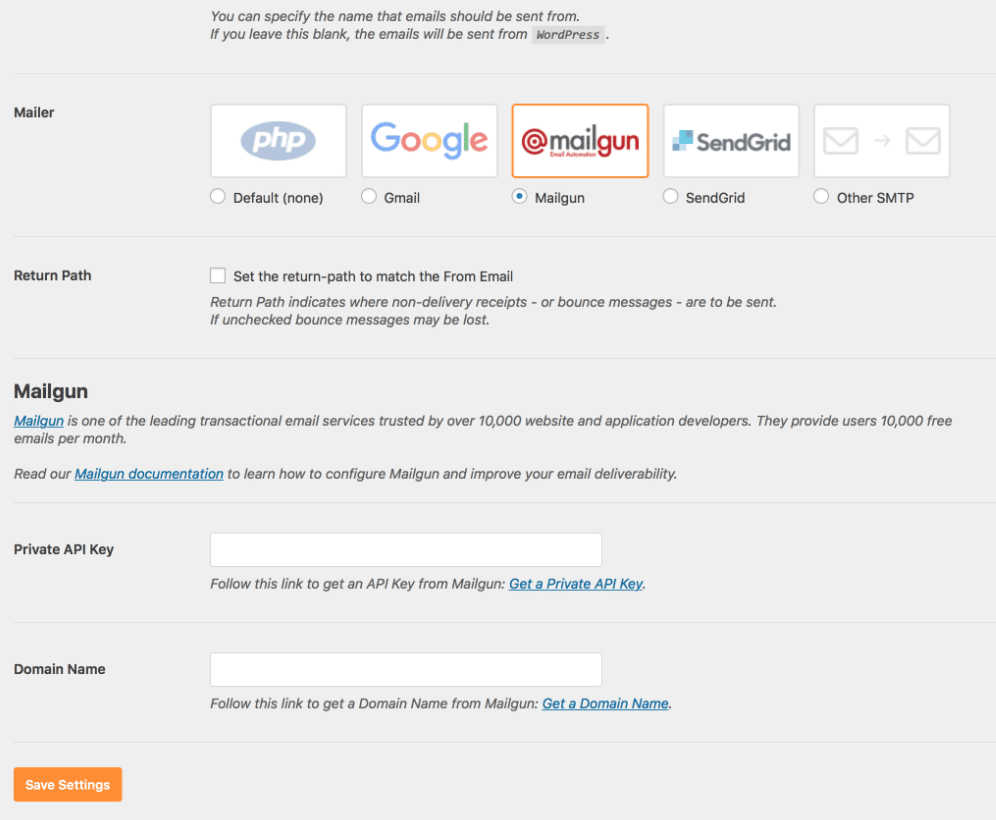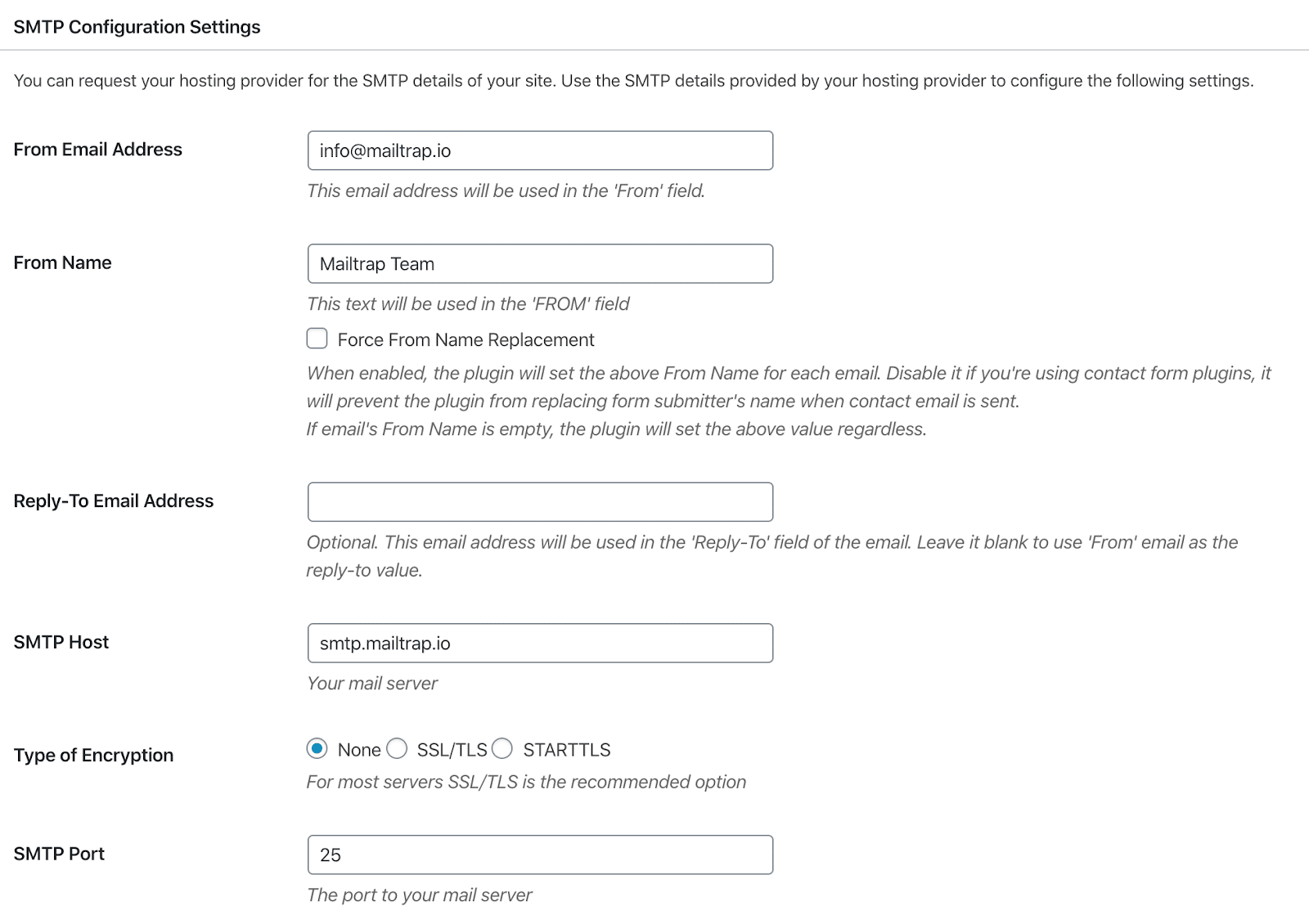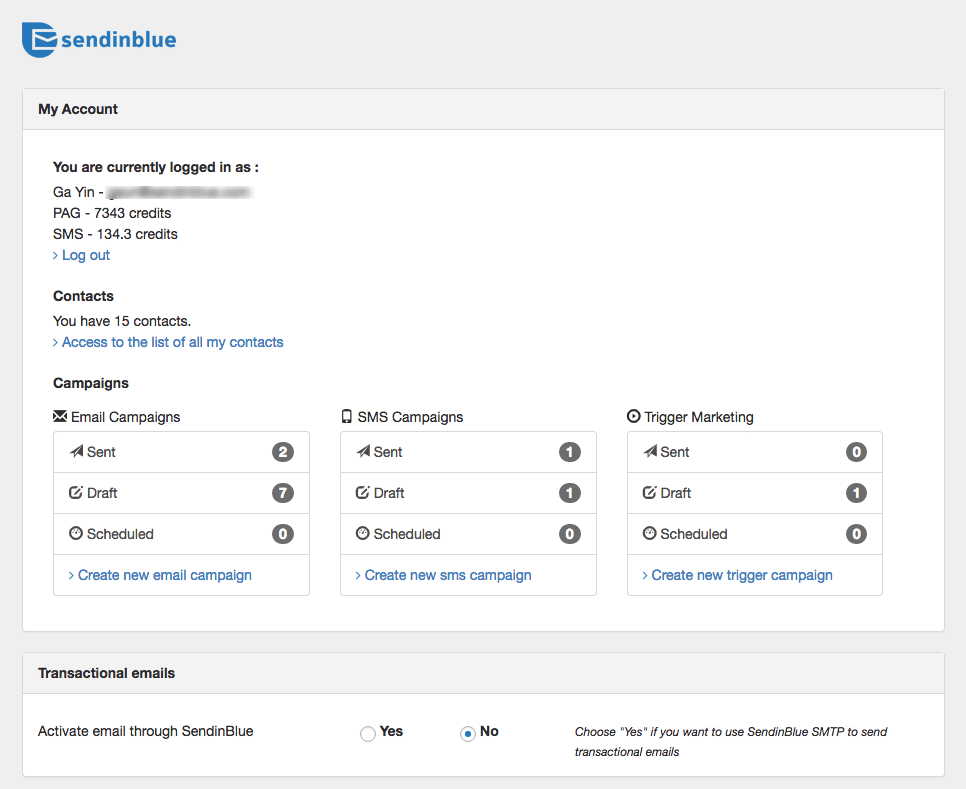Sending transactional emails in WordPress is often one of the crucial functionalities. If they’re not delivered, or don’t look as they were supposed to, you risk leaving your users confused, at best. And, in many cases, it will lead to abandoned orders, unconfirmed subscriptions, or users locked out of their accounts. To avoid such a fate, always pick the right tools for sending emails. Today we discuss the best WordPress plugins for transactional emails.
What are transactional emails?
Transactional emails are also frequently referred to as triggered emails. After all, by definition, they’re sent when a certain ‘transaction’ is triggered – a password reset link is hit, a new account is created, the payment process is completed. And these are just three of the thousands of possible scenarios.
Transactional emails, contrary to marketing ones, are sent individually to each recipient, usually right after a transaction occurs. They also solve different types of problems for users. They’re typically meant to inform, answer questions, guide, or give a heads-up about what’s going to happen.
Curious to learn more about them? We’ve got the best practices for transactional emails covered for you.
Marketing emails, on the other hand, are meant to promote products or services, to raise awareness, and, of course, to sell. These are usually newsletters, promotions, or suggestions on what to buy or try. They can take many different forms.
Sending transactional emails with WordPress
WordPress, as well as its Woocommerce plugin, offers email sending capacity by default with a mail() function and with very little configuration needed. This solution is far from perfect though.
Emails sent with PHP mail() method are actually sent from your website server, virtually unknown in the network for sending emails. As such, your Email Sender Reputation is low and it lowers your chances of getting those emails delivered.
On top of that, mail() doesn’t support SMTP authentication and is poor on handling headers and security. PHP’s own documentation even advises against sending large volumes via mail():
It is worth noting that the mail() function is not suitable for larger volumes of email in a loop. This function opens and closes an SMTP socket for each email, which is not very efficient.
What are the other options? First of all, you could set up the SMTP server for your WordPress site programmatically. This way, you can integrate with any reputable ESP with just a few lines of code.
Alternatively, you can use one of the many plugins that do just about the same thing. They give you various configuration options and are far more accessible. On top of that, some of the plugins, like YayMail email customizer, MailPoet, and Decorator allow you to preview the templates, send test emails, and add images, related products section, and social media links without having to code from scratch.
There are hundreds of WordPress plugins for sending emails. Most that you’ll find on WordPress specialize in marketing emails as many blogs need precisely that. But there are also plenty of valuable plugins for transactional emails.
Best WordPress plugins for transactional emails
Which one should you choose though? There are a number of great solutions out there. The following list features seven of them that, at the time of writing, have a wordpress.org score of four stars or more (out of a maximum of five). We’ve sorted them by the number of active installations, starting with the most popular ones.
There are, of course, a lot of great solutions for transactional emails that didn’t make it to the list. This is not to say that you shouldn’t use, for example, SendGrid (they stopped maintaining their WP plugin over two years ago). There are just much more reliable approaches to integrating with them and we’ll feature a few below.
Let’s begin then.
WP Mail SMTP

WP Mail SMTP is one of the most popular tools for improving the deliverability of your emails. It bypasses WordPress’s default sending method and lets you either quickly integrate with popular ESPs or use a built-in SMTP mail provider. With the latter, you can use any SMTP credentials for sending emails.
There’s a long list of ESPs you can quickly integrate with. The free plan offers support for Sendinblue, Mailgun, Pepipost, SendGrid, and Gmail. The paid Pro version also adds Office 365/Outlook and Amazon SES.
Infrastructure: Proxy for using ESP/SMTP
Average rating: (0-5 scale): 4.5
Active installations: 1+ million
Free/Paid: Free plan available, Pro with more features/integrations starts from $49/year. Subscription to an ESP of your choice may be necessary.
Easy WP SMTP

Easy WP SMTP is a very straightforward plugin. It lets you send all your transactional emails via Gmail’s, Yahoo’s or Hotmail’s SMTP. All you need is an account with either of these providers that will be used to send emails instead of WordPress’s default method.
Several other features, such as debugging and logging or export/import of SMTP settings are also available. You can’t connect with other popular ESPs, but, if you’re on a budget, the email providers we just mentioned will do just fine.
Infrastructure: Proxy for using ESP/SMTP
Average rating: (0-5 scale): 4
Active installations: 400,000+
Free/Paid: The tool is free of charge. Subscription to an ESP of your choice may be necessary.
MailPoet

MailPoet is very popular among email marketers but, in fact, it’s a great all-round tool. So if you need to send both transactional and marketing emails, and don’t want to have two separate tools for that – this may be it.
MailPoet allows you to configure all sorts of emails within a plugin. You can compose welcome emails, set up confirmation messages, and even customize what Woocommerce sends out on your behalf. Then, you can use their own infrastructure for sending emails or choose between SendGrid, Amazon SES or any SMTP. MailPoet offers a number of templates for each occasion and a drag-and-drop builder.
Infrastructure: Proxy for using ESP/SMTP + its own infrastructure
Average rating: (0-5 scale): 4.5
Active installations: 100,000+
Free/Paid: Free plan available for up to 1,000 subscribers. Then, the more users, the higher the price tag. Subscription to an ESP of your choice may be necessary.
Post SMTP Mailer / Email Log

This is another tool that aspires to take your deliverability to a whole new level. It allows you to send emails via popular ESPs for transactional emails: SendGrid, Mailgun, Mandril, and Gmail API. You can also specify your own SMTP credentials and send with two types of mailers: PostSMTP or PHPMailer.
But Post SMTP does a lot more. It can run Connectivity Tests to detect firewall blocks and eliminate configuration errors on your SMTP server. It provides email logs and failure notifications for Chrome. And if an SMTP delivery fails, it will retry sending via HTTPS.
Infrastructure: Proxy for using ESP / SMTP
Average rating (0-5 scale): 5
Active installations: 100,000+
Free/Paid: The tool is free to use without any limitations. Subscription to an ESP of your choice may be necessary.
WP Mail Bank

WP Mail Bank uses the Zend framework for email sending. It reconfigures wp_mail() function so that your emails are routed via popular ESPs but also via SMTP provided by Google, Microsoft, and Yahoo.
On top of that, you can choose the authentication method for your outgoing emails and seamlessly connect with many contact form providers. Mail Bank also offers rich statistics, debut outputs, and notifications.
Infrastructure: Proxy for using ESP / SMTP
Average rating (0-5 scale): 4.5
Active installations: 50,000+
Free/Paid: The tool is free to use in a limited capacity. Premium plans start from €29.99/year.
Sendinblue

Sendinblue is another well-known ESP that offers its official plugin on WordPress. Although its description might suggest marketing emails, you can also use the plugin to integrate with Sendinblue. This way, the wp_mail() function will send emails via their SMTP, immediately improving deliverability.
The plugin itself offers support for subscription forms, contact lists, and drag & drop tools for crafting emails and robust statistics. You can, of course, use the plugin only to integrate with Sendinblue and utilize their API to take care of the rest.
Infrastructure: Its own infrastructure
Average rating (0-5 scale): 4.5
Active installations: 50,000+
Free/Paid: Both the plugin and Sendinblue are free to use, as long as you don’t send more than 300 emails a day. For more, you’ll need to upgrade to one of the plans starting at $25/month.
Postmark for WordPress

Postmark is one of the most popular ESPs that focuses solely on transactional emails. They specialize in deliverability, so if that’s your weak point, their offer might appeal to you.
Their plugin is very basic and allows for a brief configuration. Everything else is done on the Postmark website or through their API. When using the Postmark plugin, you can also override the WordPress mail() method and send all WP emails via Postmark. You can also integrate with popular form builders, such as Contact Form 7 or Gravity Forms.
Infrastructure: Its own infrastructure
Average rating (0-5 scale): 5
Active installations: 10,000+
Free/Paid: A very limited free plan is available (100 test emails per month). Prices for higher plans start at $10/month.
Wrapping up
Ultimately, the choice comes down to which sending method most appeals to you (and your credit card). If you’re already using one of the above-mentioned ESPs for marketing emails, you have several options to choose from. Each ESP can also advise on the best integration method for your needs.
If you already have a reputable SMTP or want to set one up, most tools will grant you an opportunity to route your emails this way. The difference really comes down to the individual features of each plugin.
If you don’t have any expendable budget, don’t despair! Some of these tools are completely free, while a few others offer pretty hefty free tiers. Plus, Gmail, Yahoo, and others are always free to use (although the performance won’t be as good as with a regular ESP).
Whichever method you pick, don’t forget to test your emails before they’re sent to real users. You can do this with a tool like Mailtrap that lets you set up a pre-production environment for email testing. This way, you can capture outgoing emails, preview them, inspect potential HTML errors and check spam scores, to name just a few features. And since no emails are actually sent via SMTP servers, there’s no risk of spamming real users by accident.


